Applied Autonomous Sensor Systems - KK-stiftelsen
Applied Autonomous Sensor Systems - KK-stiftelsen
Applied Autonomous Sensor Systems - KK-stiftelsen
You also want an ePaper? Increase the reach of your titles
YUMPU automatically turns print PDFs into web optimized ePapers that Google loves.
<strong>Applied</strong> <strong>Autonomous</strong> <strong>Sensor</strong> <strong>Systems</strong><br />
The industrial objective was to achieve industrial cooperation with emphasis<br />
on strong, mutual benefits.<br />
By the end of the profile period, AASS has:<br />
• attained an internationally competitive scientific level and a leading<br />
position within the prioritised research areas at Örebro University<br />
• gained high scientific esteem, both nationally and internationally<br />
• established an academic network, both of breadth and quality<br />
• produced 54 articles in scientific journals, 151 conference papers and<br />
conference presentations, 66 publications at workshops and symposia,<br />
13 chapters in books and five books<br />
• carried out 63 projects. It has produced 14 PhD dissertations and 19<br />
licentiate degrees (between bachelor or master and doctorate)<br />
• achieved close collaboration with seven companies within related<br />
industries<br />
• had considerable relevance to industry<br />
• made a significant impact on education at MSc level, but less so on<br />
lower levels, mainly due to the decreasing number of students pursuing<br />
a technical education<br />
• steadily increased its number of senior researchers<br />
• been successful in finding research funding when the profile financing<br />
ended.<br />
The profile project has created results both from an academic and an<br />
industrial point of view. The most prominent academic results have been the<br />
access to empirical data from within the cooperating companies, an<br />
increased focus on the research environment, international esteem and<br />
cooperation, an influx of new researchers and new skills to the research<br />
environment along with publications and research findings. For industry, the<br />
profile has had indirect commercial results, primarily through exposure and<br />
validation of products, access to manpower and skills, as well as access to<br />
knowledge about research and development in the field of autonomous<br />
sensor systems.<br />
Not all activities turned out as they were initially planned. The original<br />
plans of working with strict quantitative goals turned out to be of less use,<br />
especially when it came to the planning of personnel. From 2002 onwards,<br />
AASS, as well as other institutions for technical education in Sweden and<br />
abroad, experienced a steady decrease in the number of applicants. This<br />
created problems, e.g. for recruitment to the graduate programme, and led to<br />
an adjustment of strategies and procedures for the recruitment of PhD<br />
students. AASS did not reach out in mass media in the way they had hoped<br />
for in the beginning. The most profound change was the decision in 2006–<br />
2007 to rearrange AASS’ overreaching scientific vision and the subsequent<br />
reorganisation of the centre from four to three research labs.<br />
8



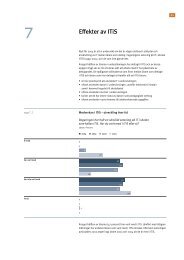
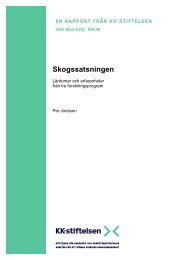
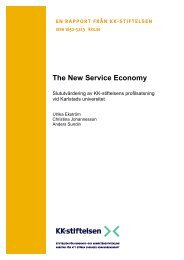
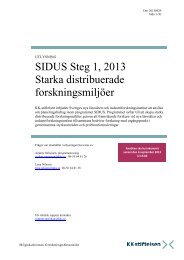
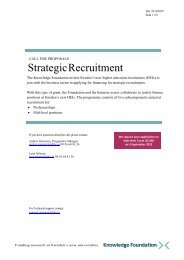
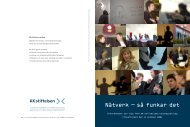
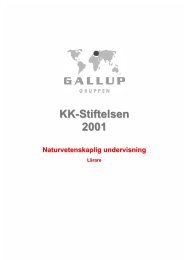
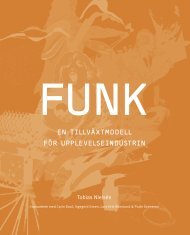
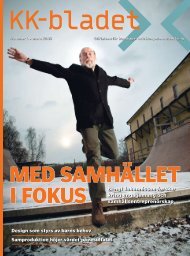

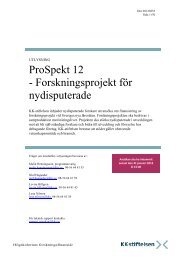

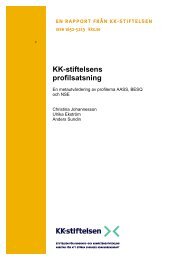
![[Klicka här och skriv titel] - KK-stiftelsen](https://img.yumpu.com/23861299/1/184x260/klicka-har-och-skriv-titel-kk-stiftelsen.jpg?quality=85)